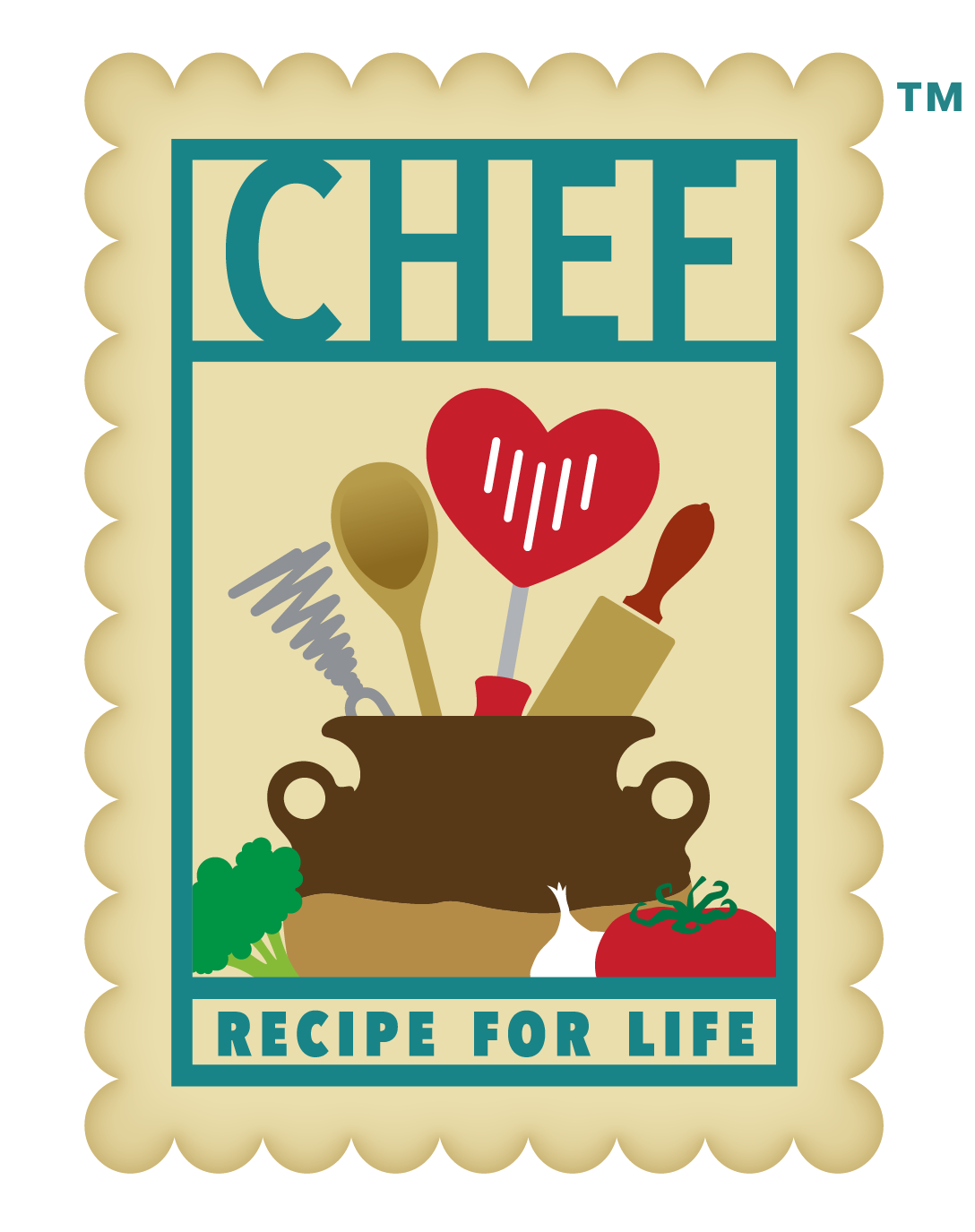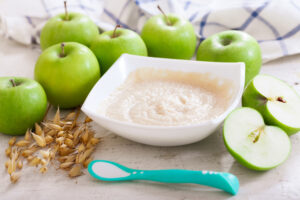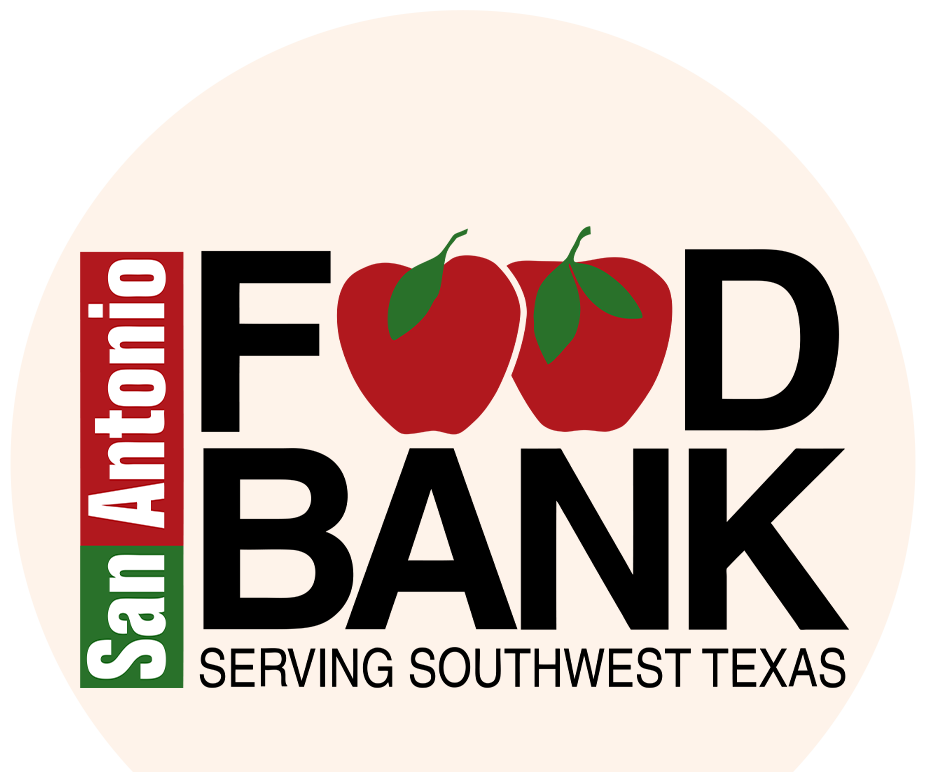Well-Child Care
4 Months Old
Before you know it, four months have flown by, and you have officially made it through the newborn stage. It is no secret that the first few months after bringing your baby home from the hospital are a big life adjustment. You are not the only one feeling sleep-deprived, overwhelmed, and exhausted. But thankfully, you got through it. At around four months old, your baby’s startle reflex, or reaction to loud sounds and quick movements, will fade away. He should also develop self-soothing habits to help them cope with environmental changes. Another positive development is that your baby’s sleep schedule may include extended rest periods throughout the day or night. Your baby may also show food readiness between 4 and 6 months old. Keep reading the Nutrient Needs section below to learn more about if and when you can begin introducing food to your baby.
Developmental Milestones
- Social & Emotional: At four months old, your baby will smile independently, move, or make sounds to get or keep your attention.
- Language & Communication: One way your baby will communicate is by mimicking sounds you make when you talk to them.
- Thinking & Learning: Your baby will start to make a connection between a bottle or breast with feeding time and even open their mouth when they see these items or are hungry.
- Movement & Physical Development: By four months, your baby should be on their way to holding their head steady without support.

Nutrition Needs
Signs of Food Readiness
Your baby may show signs of food readiness between 4 and 6 months old. These cues often happen once your baby’s birth weight has doubled. Here are some developmental milestones to look for to know if your baby is ready for solid foods.
-
-
- They are interested in watching you eat.
- They try to grab small objects and bring them to their mouth.
- They sit up alone, without support, and can control their head and neck.
- They open their mouth when food is offered and swallow rather than spitting it back onto their chin.
-
If your baby does not show these signs, do not fret. Babies who start food too soon have an increased risk of choking. They also have an increased risk of overfeeding, which can lead to overweight and obesity later in life. Give your baby time. Follow their cues when they are developmentally ready to start solid foods.
Starter Foods
One question you may consider is what kind of food you should introduce first. The good news is that there is no particular food or list of foods that you need to introduce. Instead, start with a single ingredient recipe to introduce one new food at a time. Offer the same food at least once a day for 3-5 days before moving on to the next new food. Introducing foods slowly to your baby helps to identify any negative responses or allergic reactions to a particular food or ingredient. Be sure to offer a variety of fruits and vegetables at age-appropriate textures so that your baby has exposure to both sweet and savory foods. It is okay if your baby begins to gag on the new food or texture. Remember, he is still learning how to eat. If you react badly, your baby may not be as willing to try new foods in the future. Instead, stay close by and monitor your baby for any signs that they are choking. Always intervene to ensure their safety. Some great examples of safe foods to start with are cooked and pureed:
-
-
- Fruits- Apples, Pears, or Bananas
- Vegetables- Sweet Potatoes, Carrots, or Peas
- Grains- Rice Cereal Puffs, Cooked Oatmeal, Lentils or Legumes
-
Bottle Safety
Starting to introduce solid food to your baby takes time. Because of that, you may be offering breastmilk or formula and solid foods during each feeding. Up until about nine months old, it is best to start each feeding session with breastmilk or formula before introducing a small amount of food. Remember, your baby is still developing their chewing and swallowing skills, so it may take a few tries before they get the hang of it. Starting with the breast or bottle soothes your baby’s initial hunger cues while avoiding any fussiness and frustration from the new texture of solid food. Pausing during the middle or end of a bottle- or breast-feeding session ensures your baby is happy and relaxed when offering a new solid food. Never put water or juices in your baby’s bottle throughout the first 12 months of life, as these liquids are thinner than what they are used to and can cause your baby to choke. Remember, breastmilk and formula are both a source of nutrition and a drink that can quench your baby’s thirst.


Family Engagement Activity
- Playing and engaging with your baby early and often is a great way to help develop their communication, fine motor, and problem-solving skills. The CDC has created an excellent checklist with activities that your 4-month-old baby should be able to work on or complete by this time.
- Remember, every child develops at their own pace, so don’t worry if your baby cannot complete the list. The goal is to have fun while helping your baby learn new skills.
- Always talk with your doctor if you notice any concerns throughout this time.
Caregiver's Corner
Tummy Time
Heather Boroweic is a Pediatric Nurse Practitioner from CHRISTUS Children’s that offers insight into Tummy Time and the benefits this simple activity can have on your baby’s growth and development.
-
- When babies are born, their skull bones are soft and not completely fused. The sutures, or fibrous material between these bones, allow the skull to expand as the baby’s brain develops. The empty spaces between sutures are called fontanelles or “soft spots” that remain open for the first 12 to 18 months of life. Because these bones and tissues are still developing, practicing Tummy Time with your baby is essential.
- Tummy Time refers to the time spent with your baby on their stomach that can help them to stretch and strengthen their neck, shoulders, arms, and trunk muscles. This time also alleviates the pressure on your baby’s skull and soft spots and promotes healthy brain and skull formation.
Tips for Starting Tummy Time
Here are a few tips for starting Tummy Time.
-
- Make sure your baby is well-fed and has a clean diaper before starting Tummy Time.
- Sit with or talk to your baby throughout each session to ensure he is calm and safe.
- Start with your newborn lying on your chest or across your lap since they may not enjoy spending time on their stomach the first few times.
- Move to the floor or low surface when doing Tummy Time to prevent your baby from rolling off a couch or bed.
- Use toys to keep your baby entertained throughout these exercises.
- By three months old, your baby can work up to about 1 hour of Tummy Time in one session or multiple sessions a day.
- Remember, it is crucial for babies to sleep on their backs and never on their bellies.





